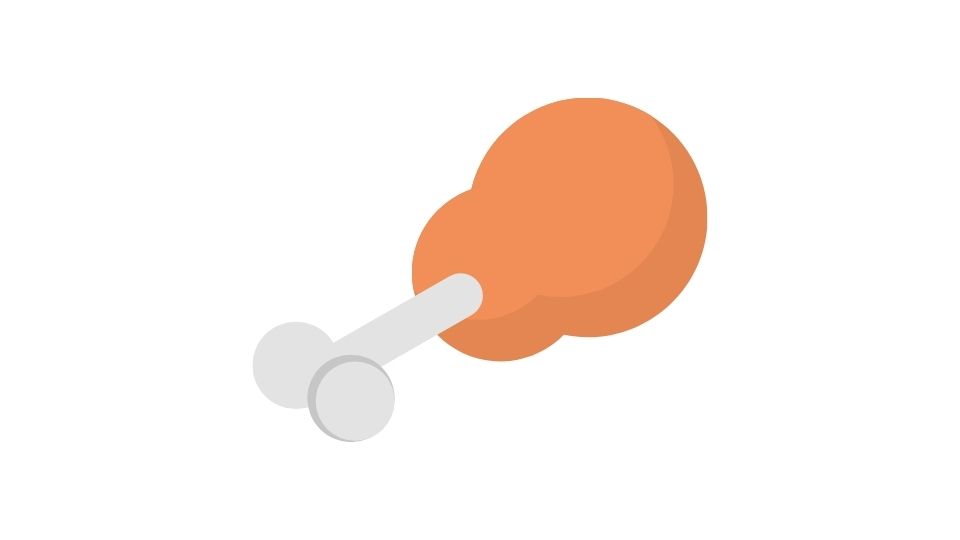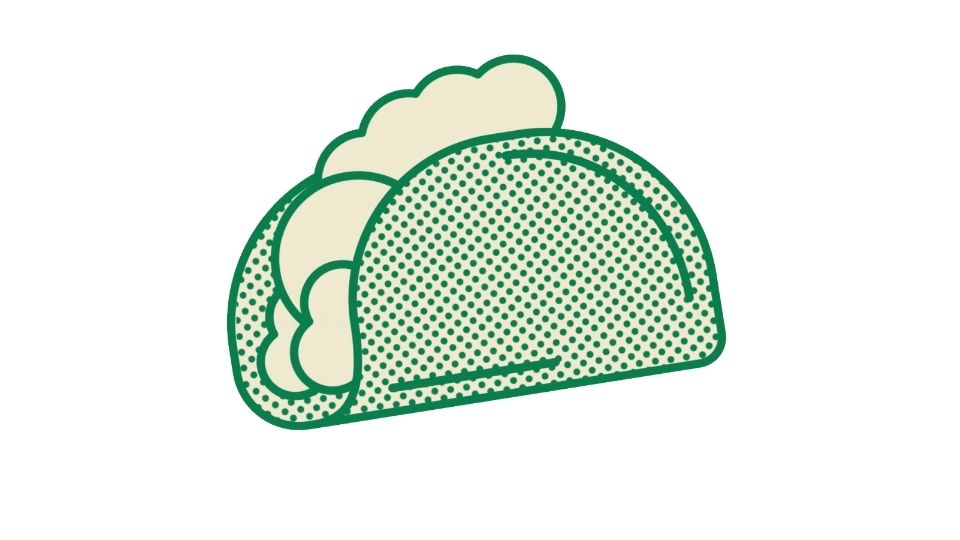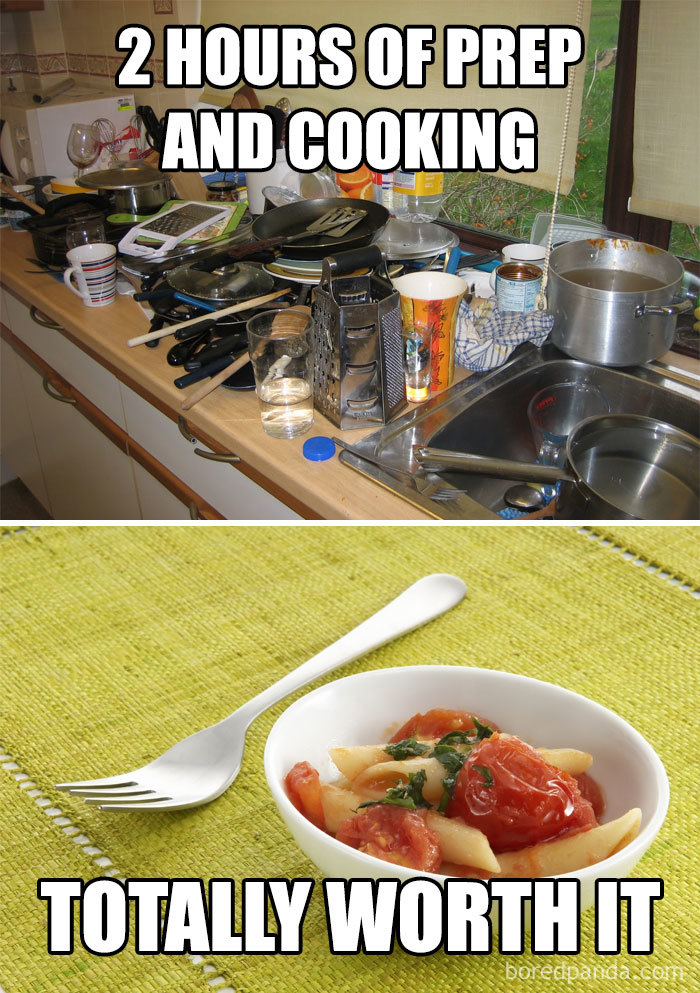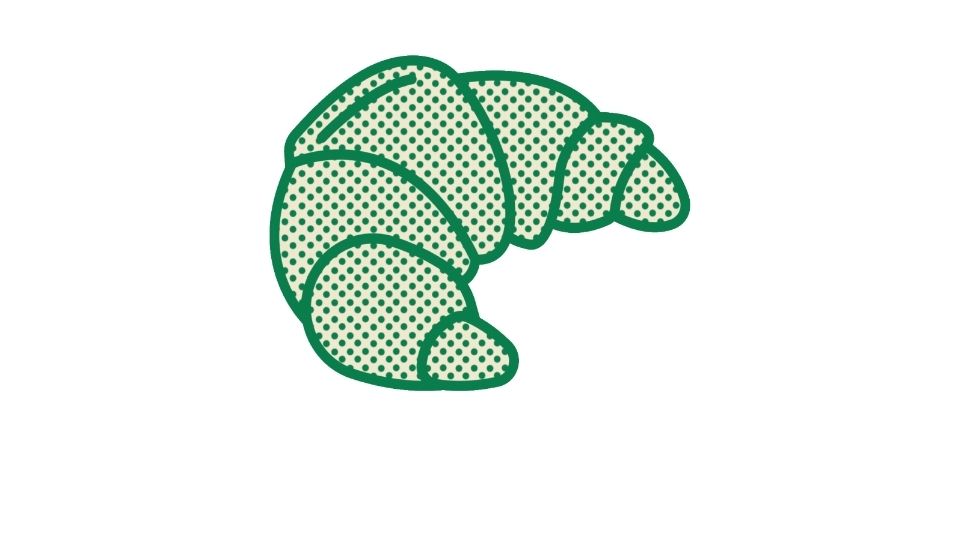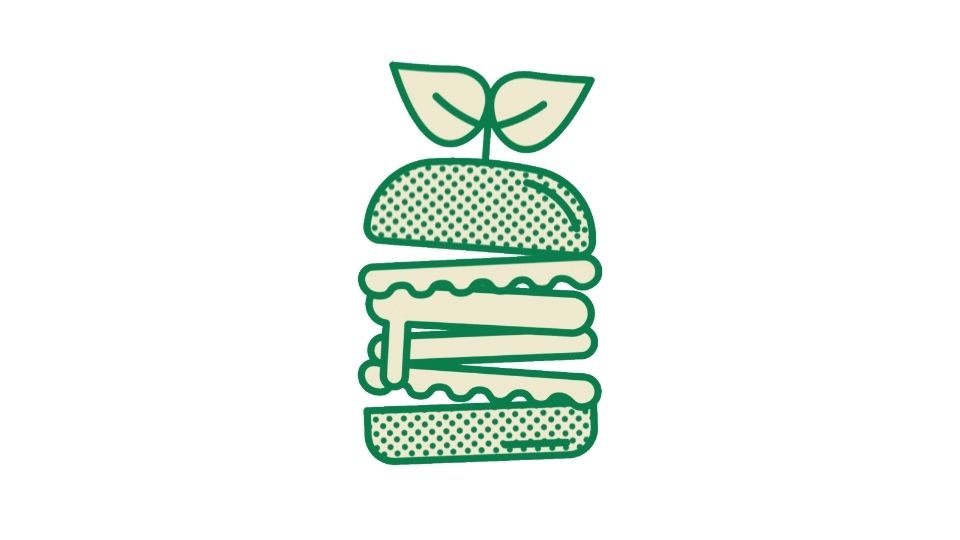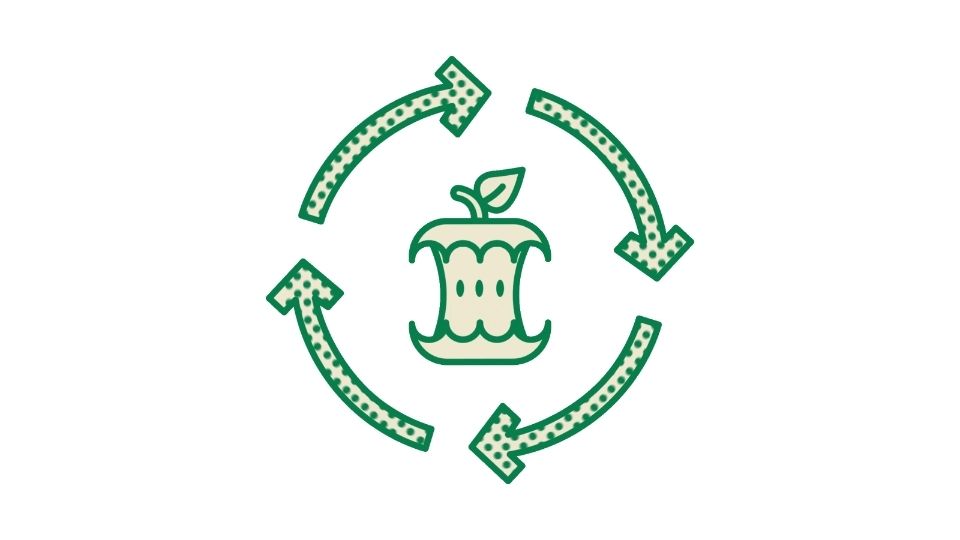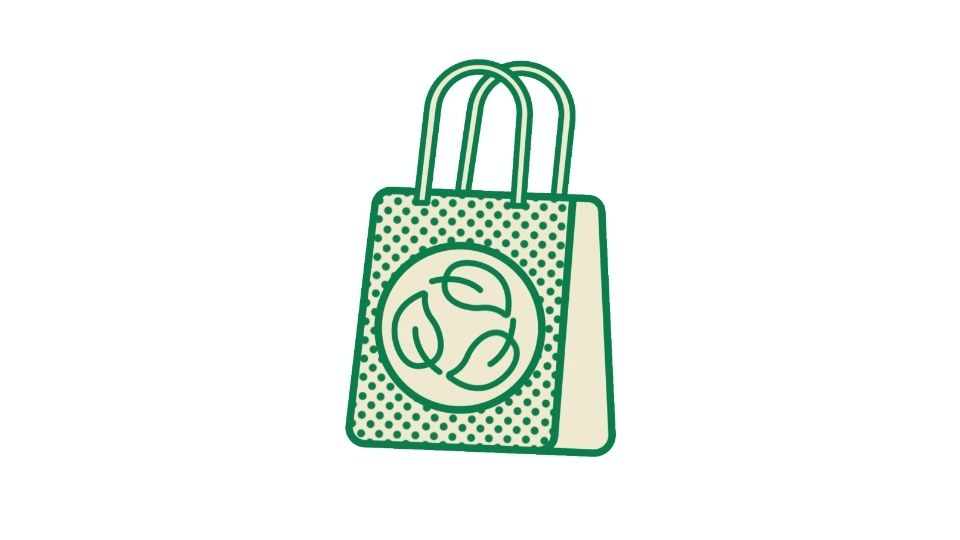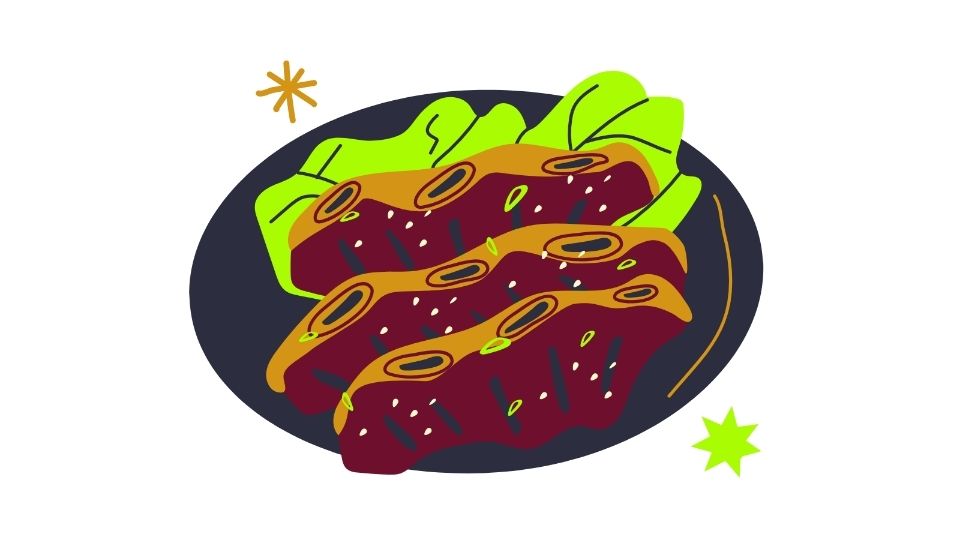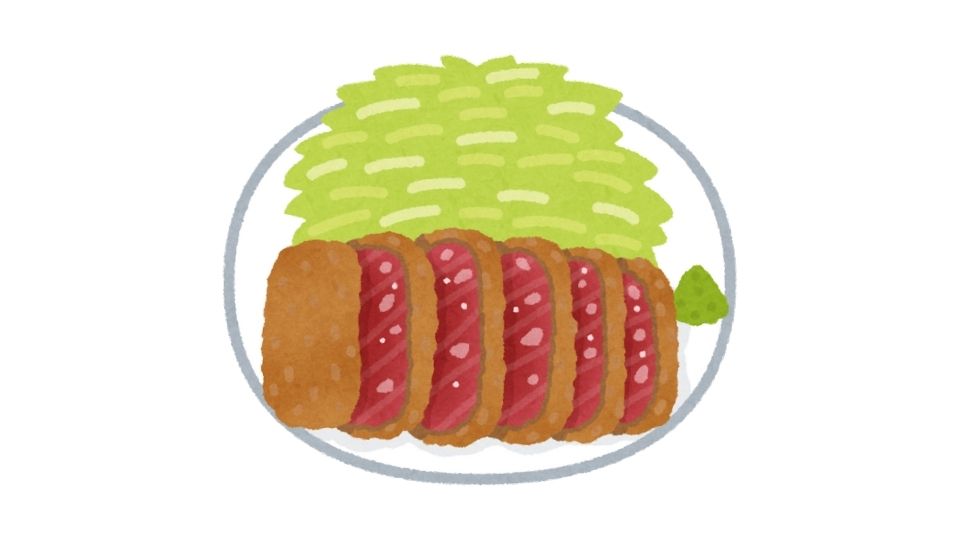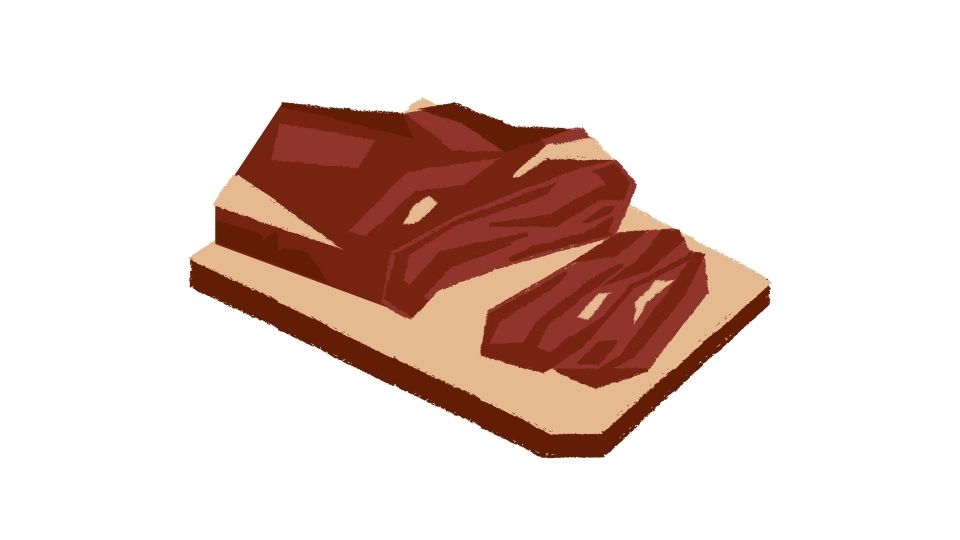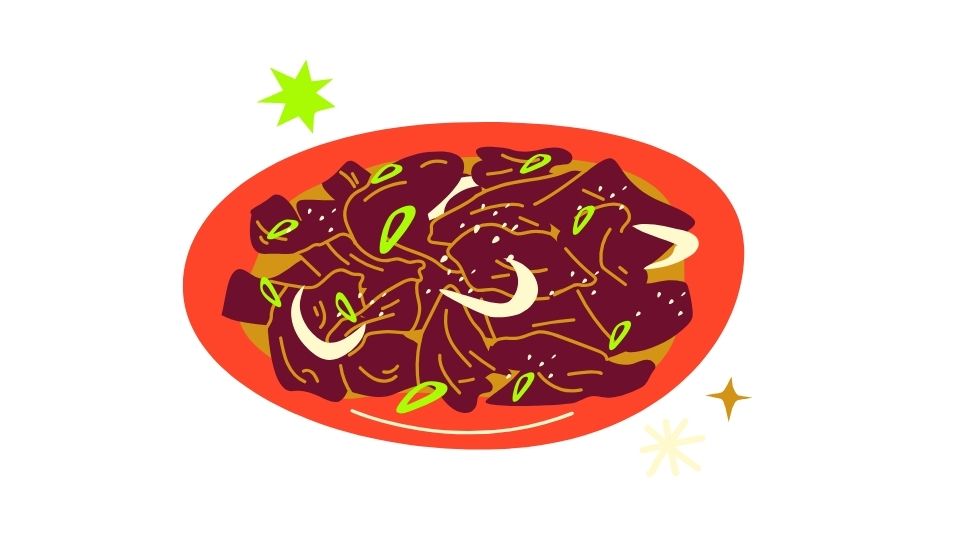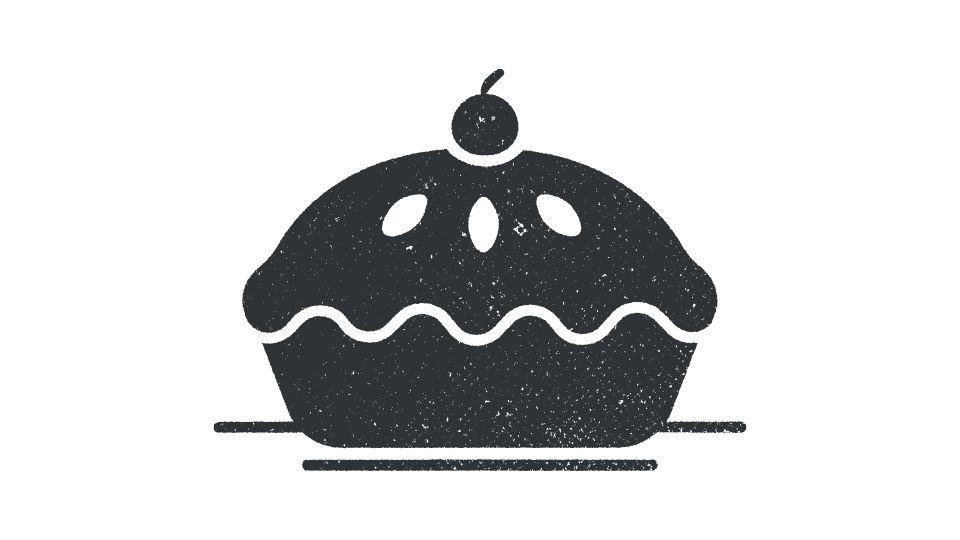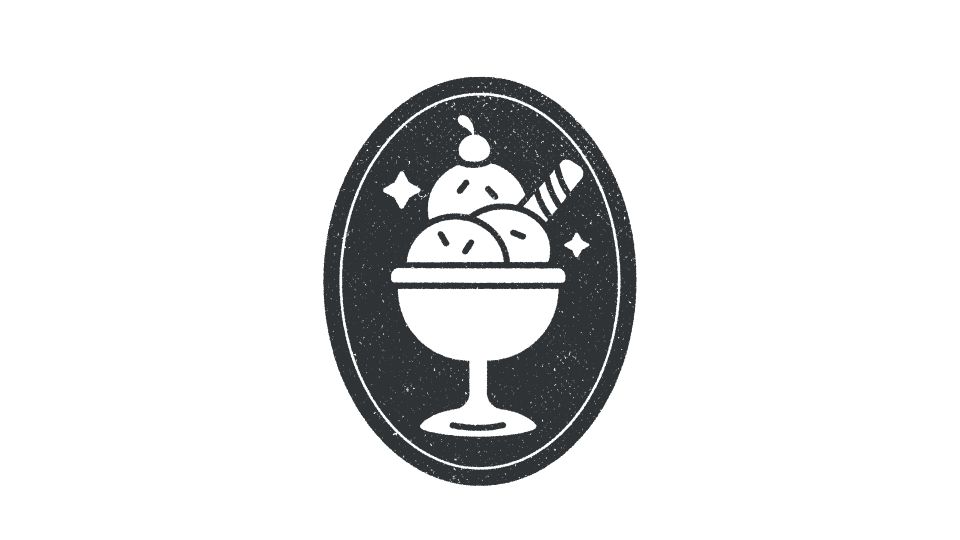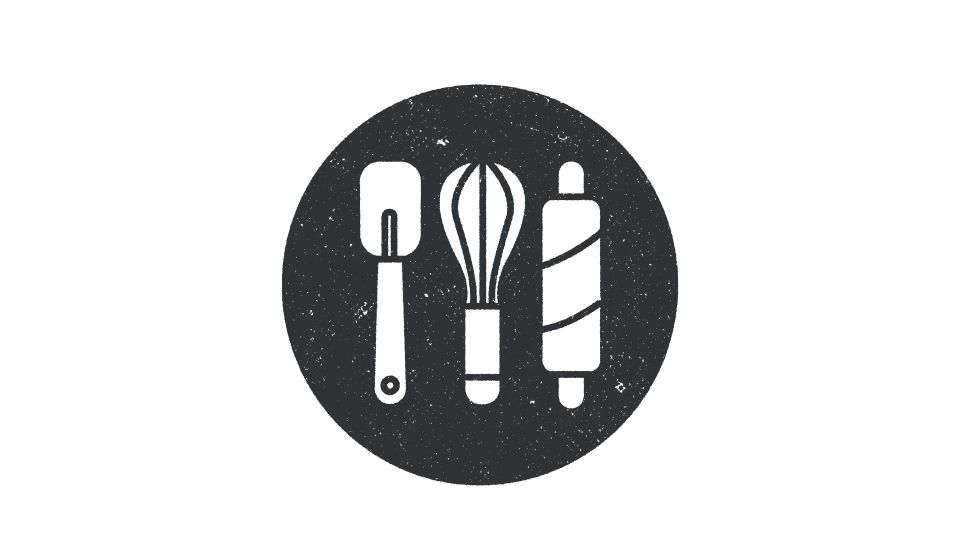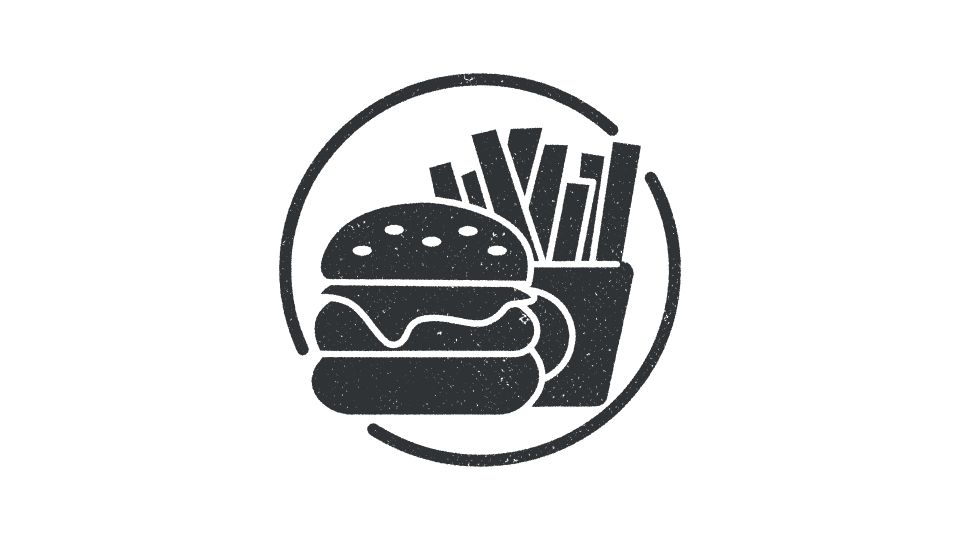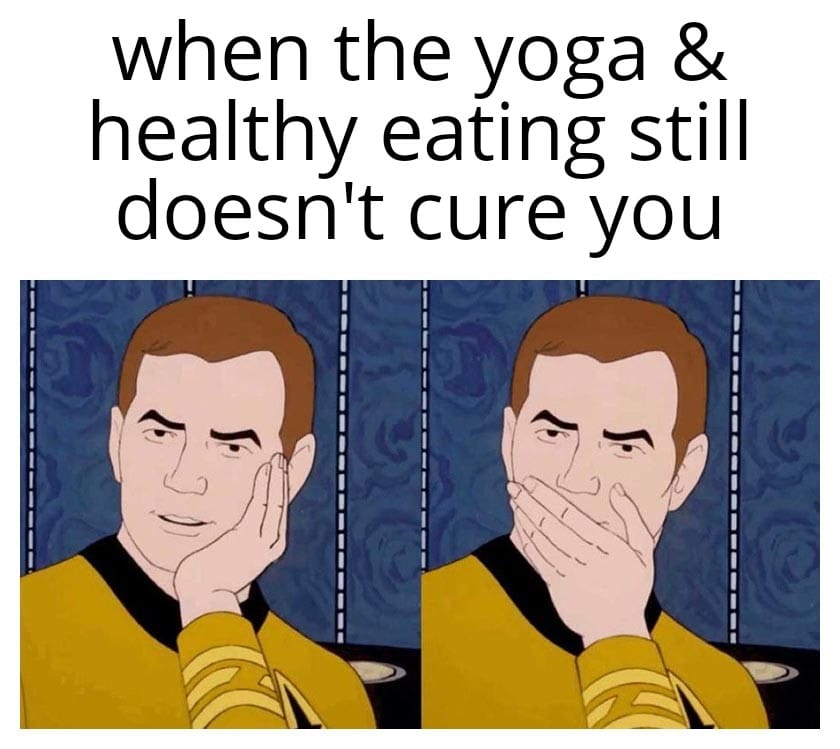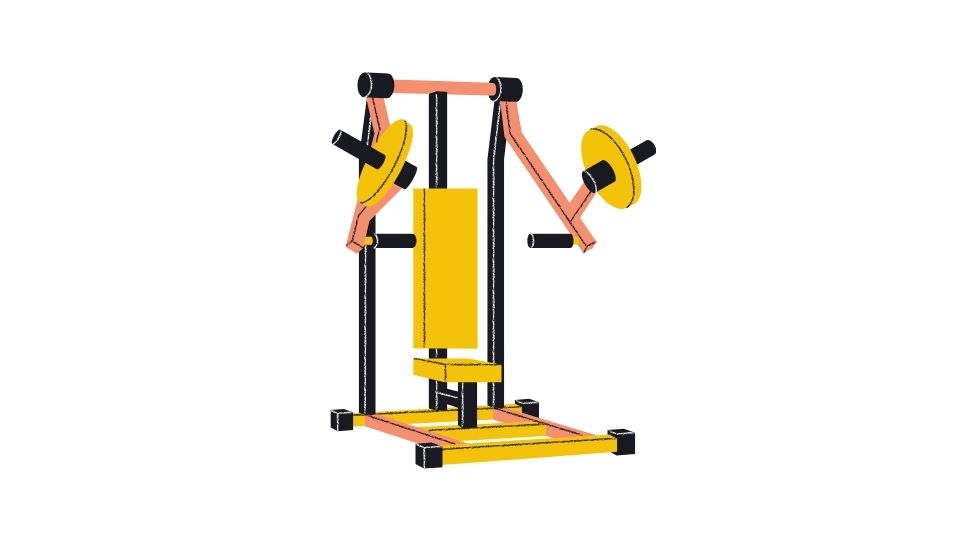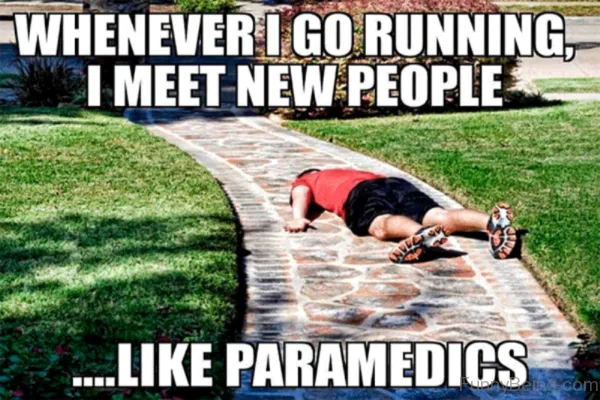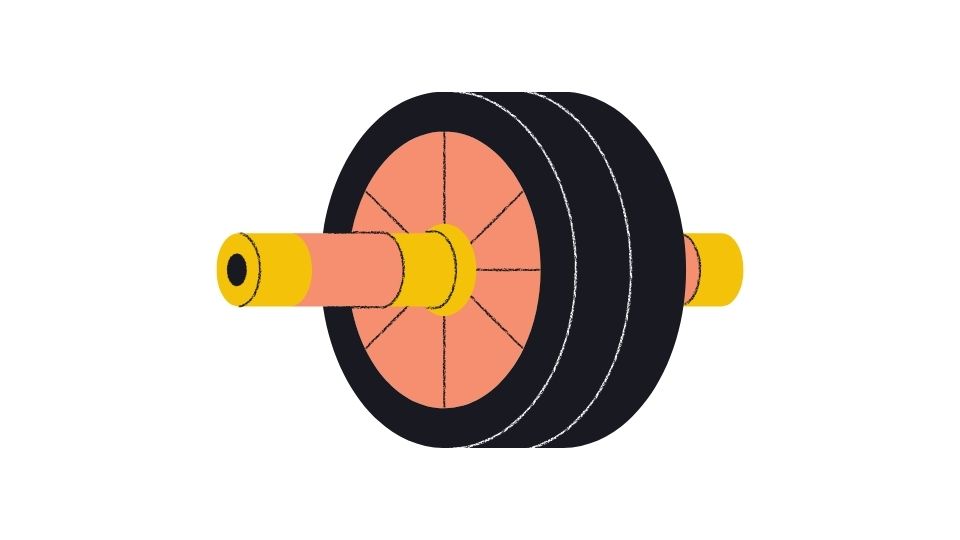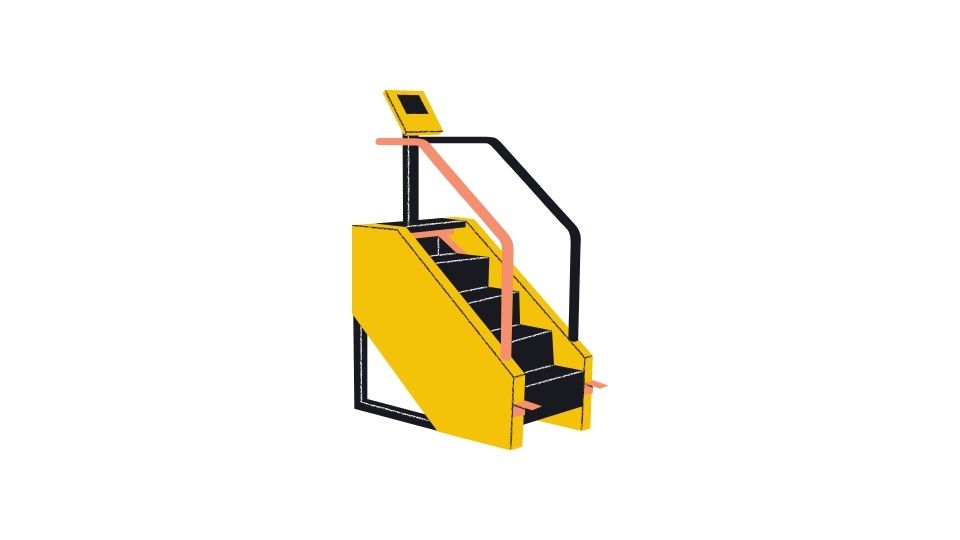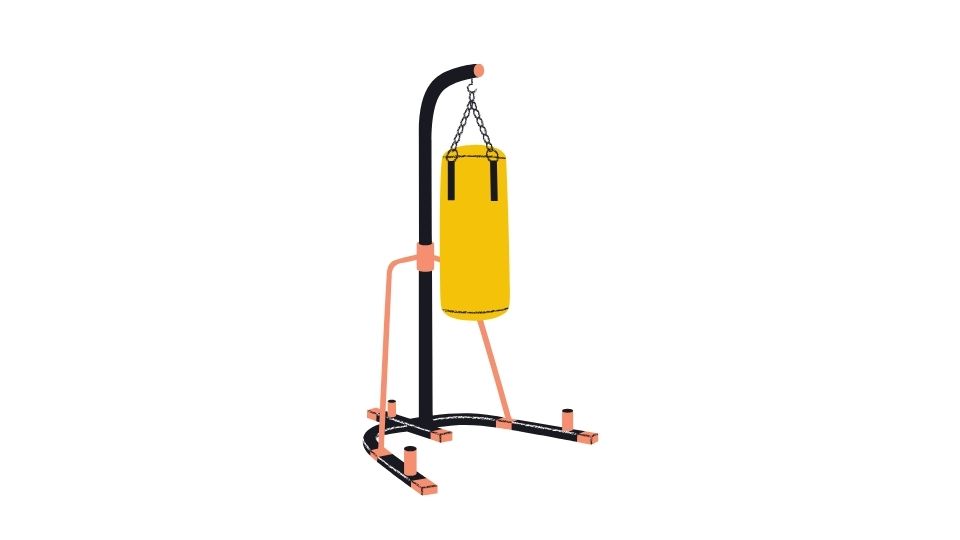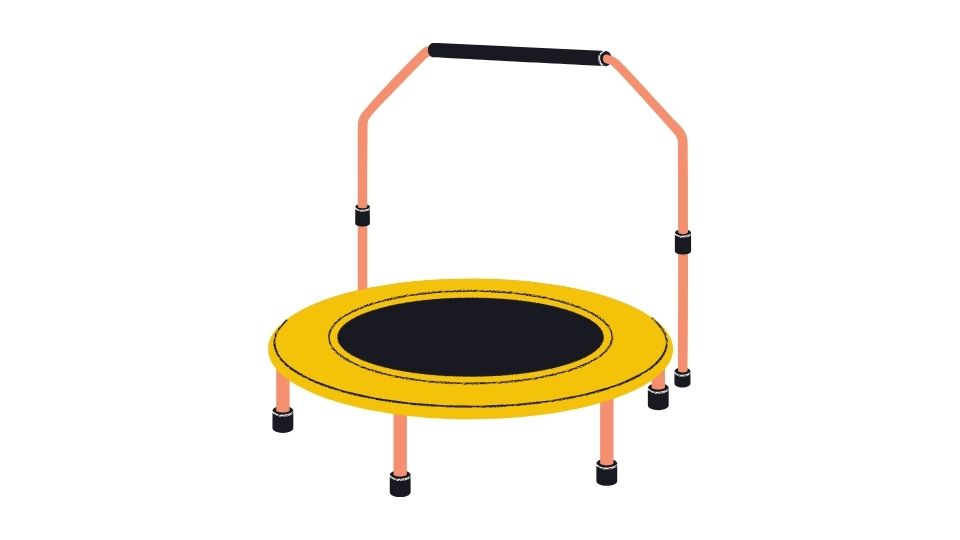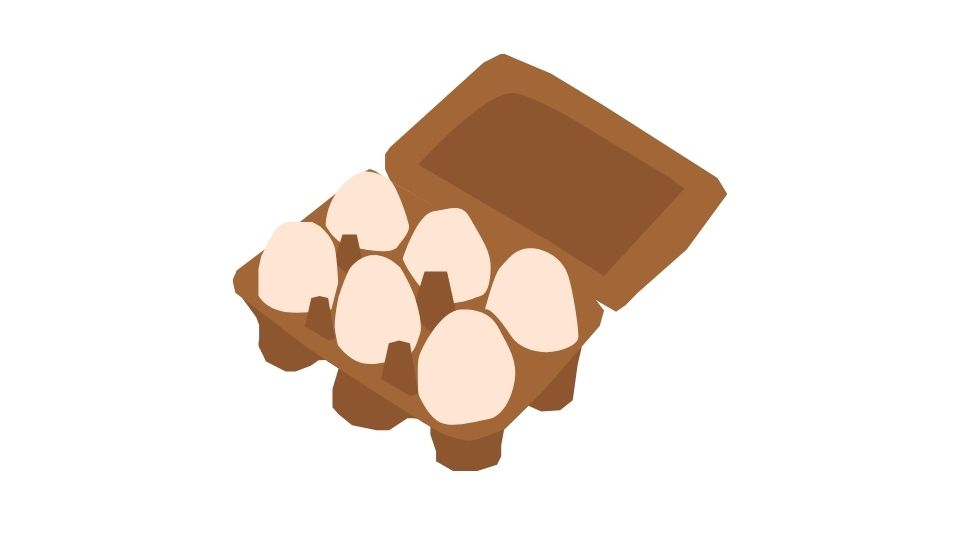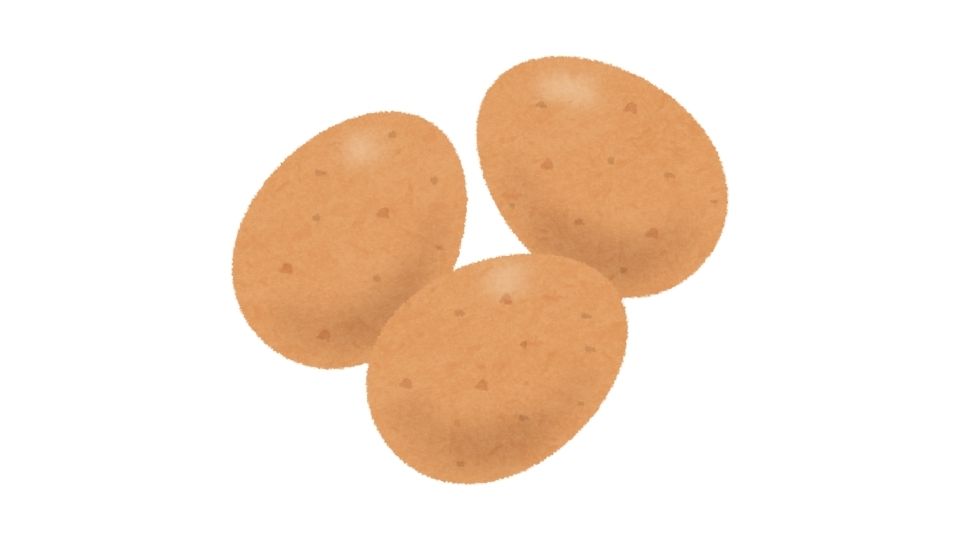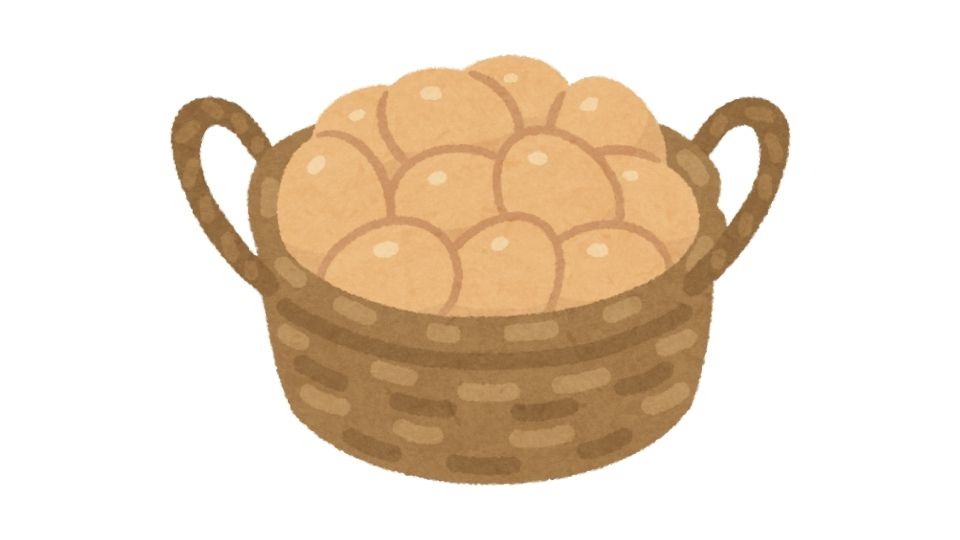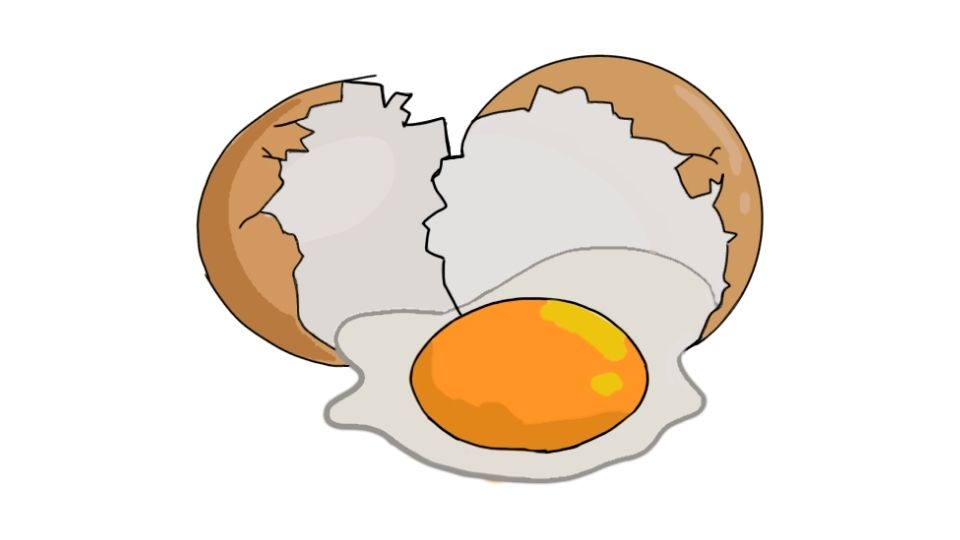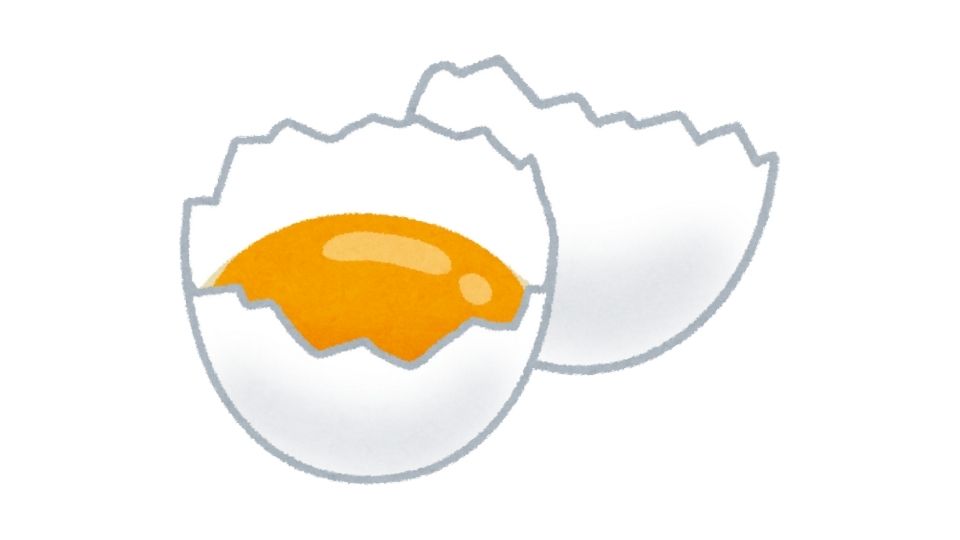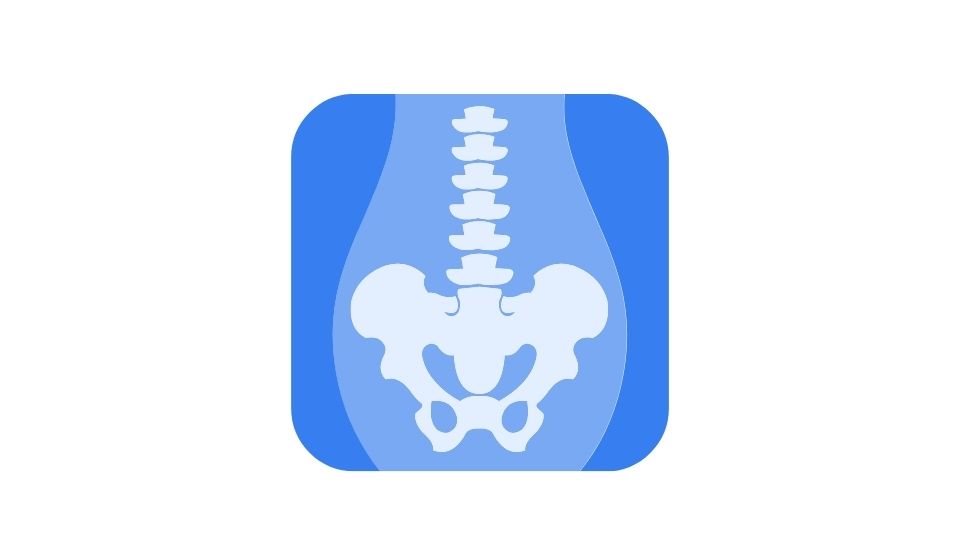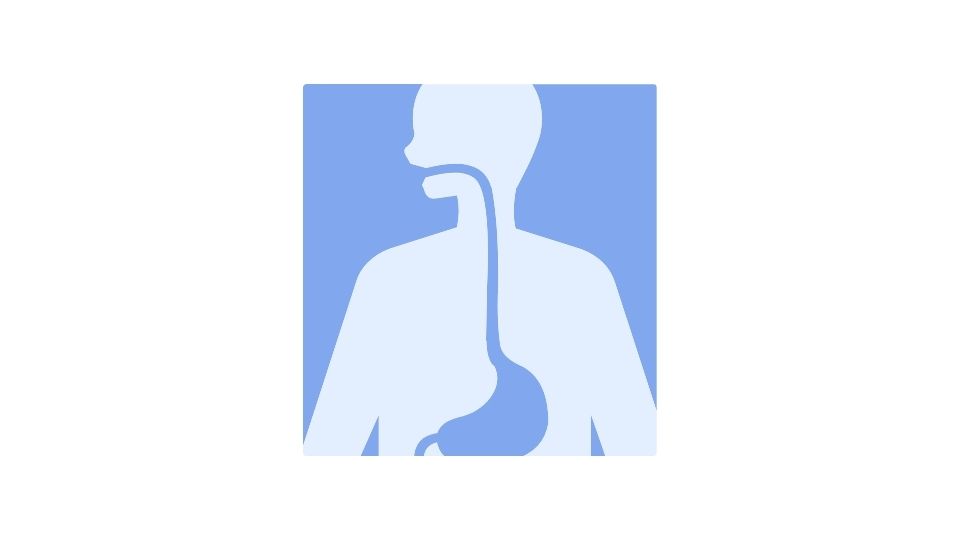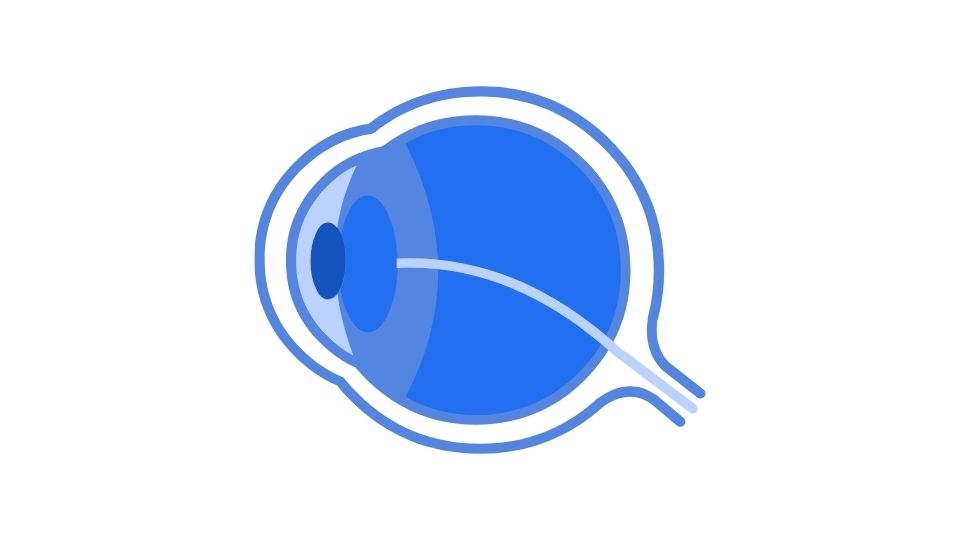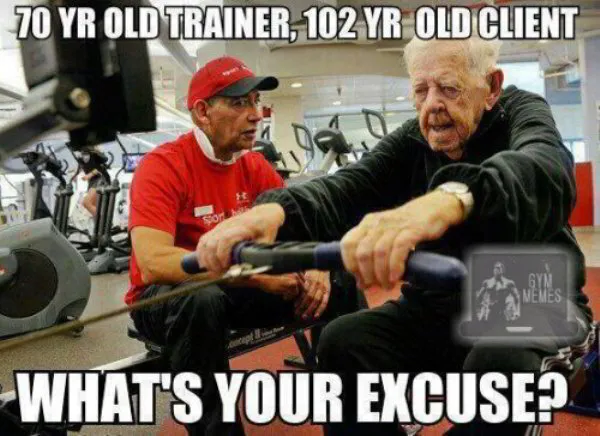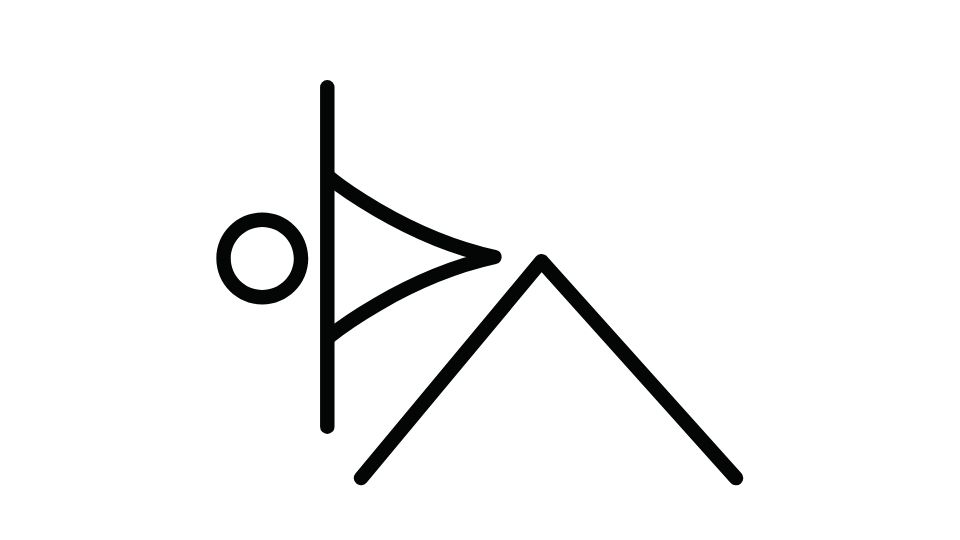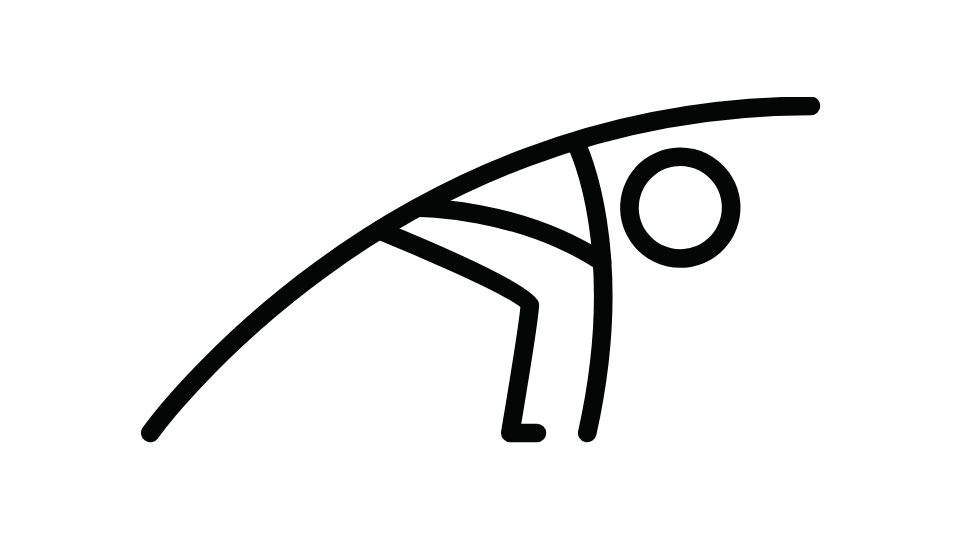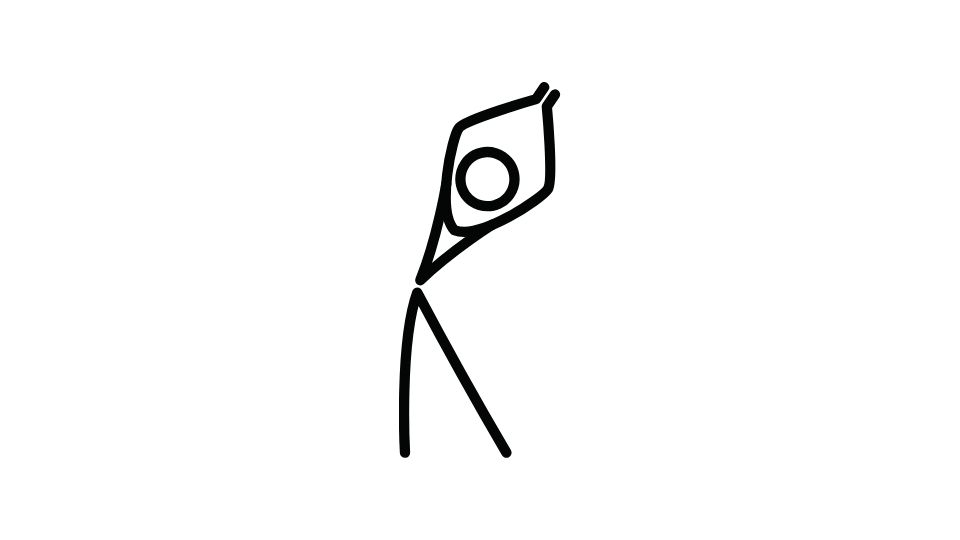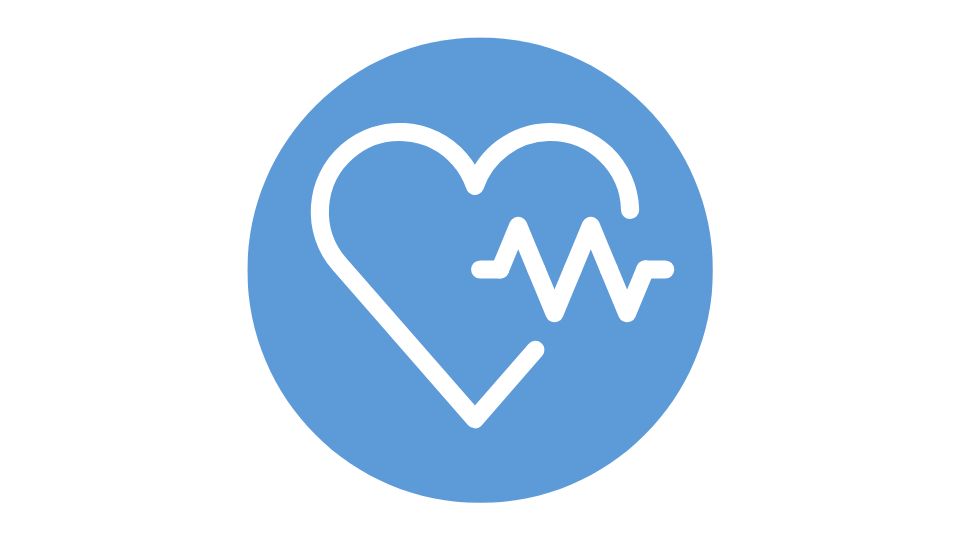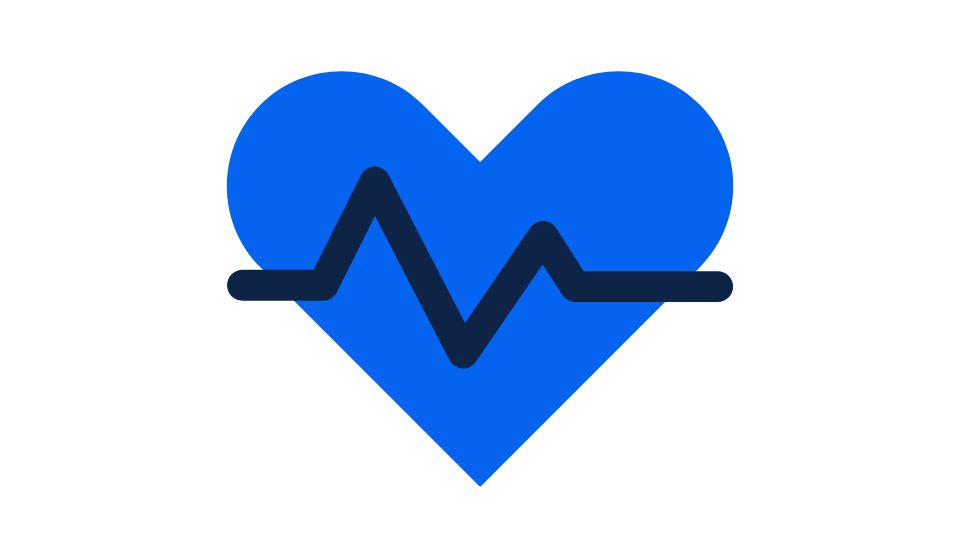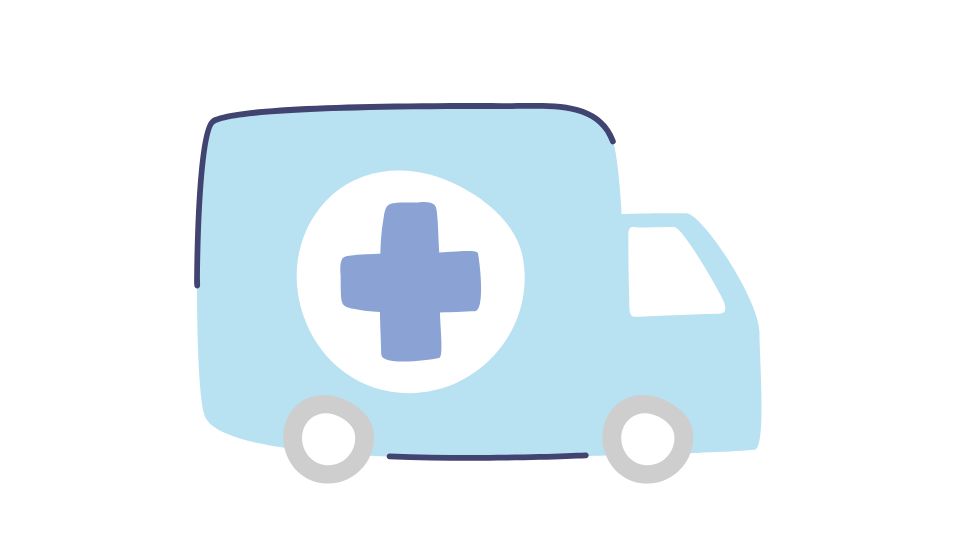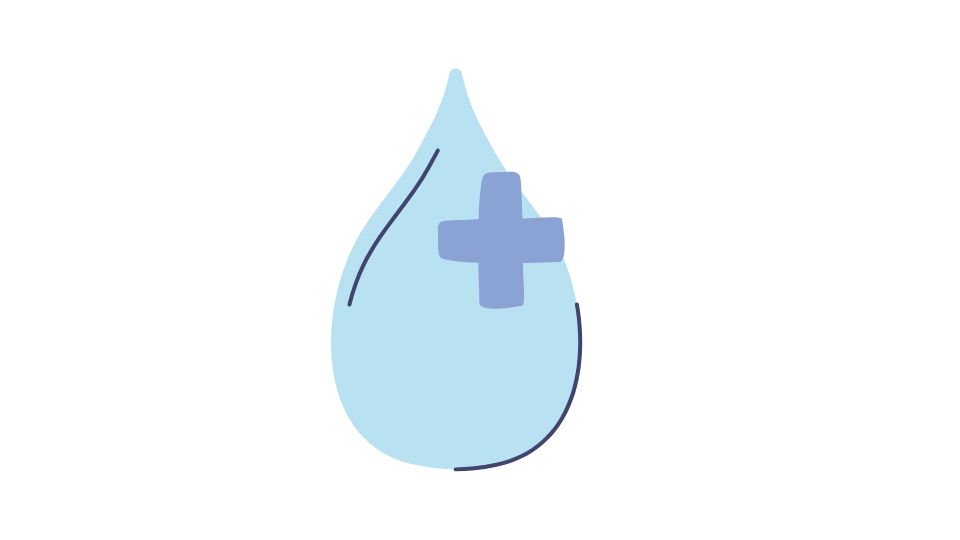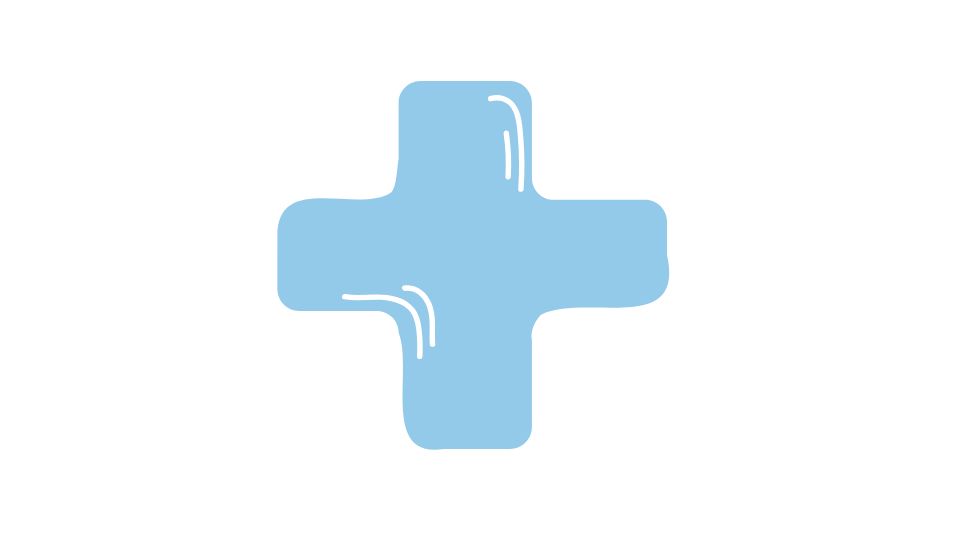Chicken thighs are the unsung heroes of the protein world, packing a serious nutritional punch with about 25-28 grams of protein per 100 grams of cooked, boneless, skinless meat.
While chicken breast might get all the fitness influencer love, thighs deserve their moment in the spotlight. They’re juicier, more flavorful, and still deliver the protein goods you need for muscle growth and recovery.
So let’s dive into everything you need to know about chicken thigh protein – and why you might want to give these underrated cuts more attention in your diet.

The Protein Powerhouse in Your Grocery Store
How Much Protein Is Actually in Chicken Thighs?
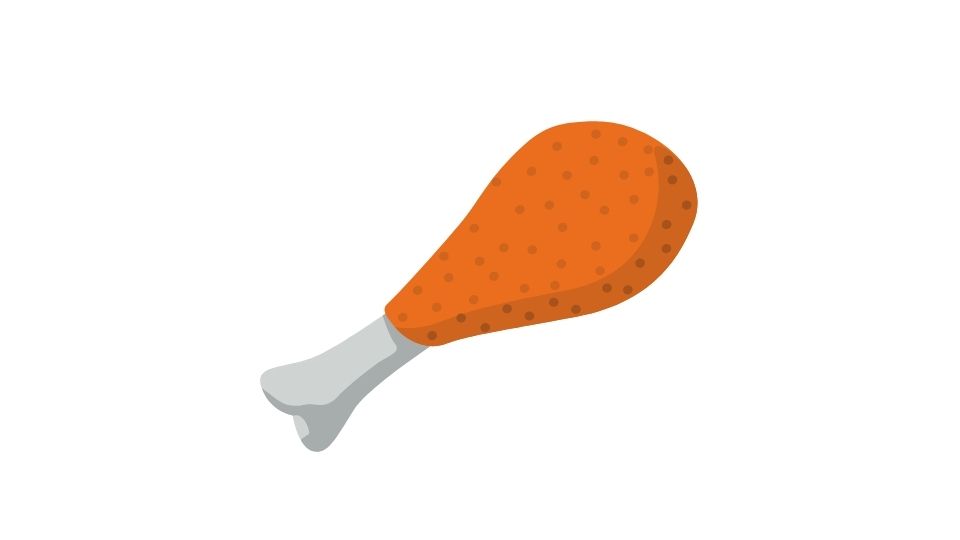
Let’s get straight to the numbers:
- A cooked, boneless, skinless chicken thigh (about 52 grams) contains roughly 13.5 grams of protein
- That’s approximately 26 grams of protein per 100 grams of meat
- A typical 4-ounce serving (around 112 grams) gives you about 19 grams of protein
Different sources might show slight variations (some say 25g/100g, others up to 28g/100g), but the bottom line is: chicken thighs are protein-packed.
And unlike that dry, bland chicken breast you’ve been choking down, thighs actually taste good enough that you’ll want to eat them. Revolutionary concept, I know.
Calories and Macros: The Full Picture
Yes, chicken thighs have more fat than chicken breasts. But that’s not necessarily a bad thing!
Here’s what you get in 100g of cooked, boneless, skinless chicken thigh:
| Nutrient | Amount |
|---|---|
| Calories | 179-208 kcal |
| Protein | 25-28g |
| Fat | 8-9.5g |
| Carbs | 0g |
That extra fat is what makes thighs juicier and more flavorful than breast meat. It’s also what helps you feel fuller longer after eating them.
And if you’re doing low-carb or keto diets, that additional fat is actually a bonus, not a drawback.
Why Choose the Thigh? (Besides Taste!)
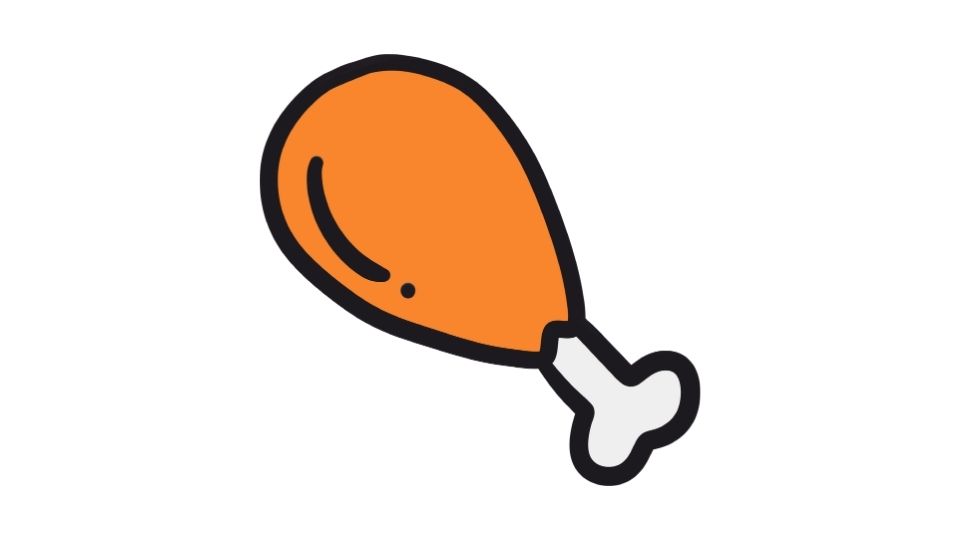
The slightly darker color of chicken thighs isn’t just for show – it comes from higher myoglobin content, which is a protein that helps supply oxygen to muscles. This contributes to their richer flavor and more tender texture.
Thighs also contain about twice the iron and zinc of chicken breasts, making them nutritionally superior in some ways.
And let’s be honest – they’re usually cheaper than chicken breasts. In this economy? That’s not nothing.
Thighs vs. Breasts: The Ultimate Showdown
| Nutrient | Chicken Breast (100g) | Chicken Thigh (100g) |
|---|---|---|
| Calories | 165 | 179-208 |
| Protein | 31-32g | 25-28g |
| Fat | 2-3g | 8-9.5g |
| Iron | 0.3mg | ~0.6mg |
| Zinc | <1mg | ~1.5mg |
So yes, if you’re absolutely maximizing protein per calorie, breast wins by a small margin. But thighs offer:
- More micronutrients
- Better flavor
- Greater satiety
- Often lower cost
The small protein difference (a few grams) is easily made up by the fact that you’ll actually enjoy eating thighs and won’t need to drown them in calorie-dense sauces just to choke them down.
Getting Practical: Using This Information
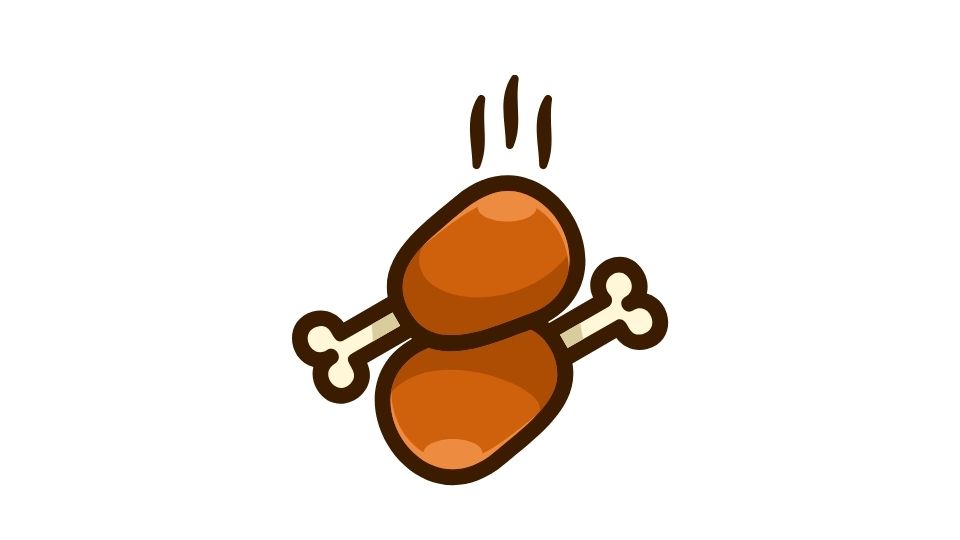
How to Track Chicken Thigh Protein
If you’re counting macros (and who isn’t these days?), knowing exactly how much protein is in your chicken thighs is crucial.
A few tips:
- Weigh your thighs raw for the most accurate measurements
- Remember that cooking reduces weight but concentrates protein
- If using bone-in thighs, account for about 126g of edible meat in a 172g raw thigh
- Track your meals consistently for best results
Tracking apps make this much easier than trying to do mental math at every meal.
Cooking Methods Matter
How you prepare your chicken thighs affects both their flavor and nutritional profile:
- Grilling or baking with minimal added fats is best for accurate tracking
- Removing the skin cuts calories but also reduces flavor (tough choice!)
- Marinating improves taste without adding many calories if you use low-calorie ingredients
The healthiest cooking methods for chicken include baking, grilling, and air frying – all of which work beautifully with thighs.
So What’s the Bottom Line?
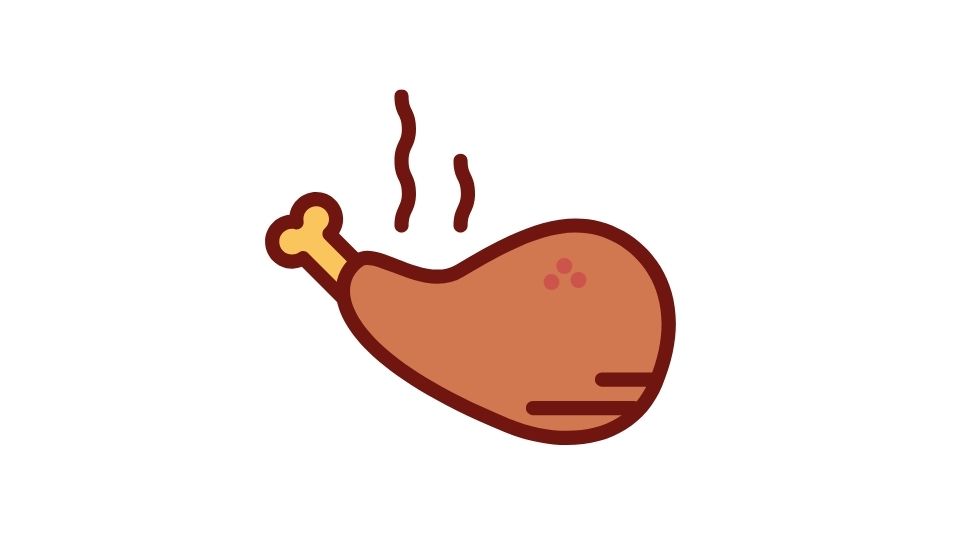
Chicken thighs provide 25-28g of protein per 100g of cooked meat, making them an excellent protein source for muscle building, weight management, or general nutrition.
While they contain more fat than chicken breasts, this extra fat contributes to better flavor, increased satiety, and higher micronutrient content – all valuable benefits depending on your dietary goals.
If you’ve been avoiding thighs because you thought they weren’t “clean” enough for your fitness goals, it might be time to reconsider.
The small difference in protein-to-calorie ratio is often outweighed by the improved eating experience and better adherence to your diet over time.
And remember – consistency beats perfection when it comes to nutrition. The “perfect” protein source that you hate eating is far less effective than the “very good” protein source that you’ll actually enjoy and stick with.
So maybe it’s time to give chicken thighs the spotlight they deserve in your meal prep lineup!



